A Brief Overview of What a Hot Twin Cities Real Estate Market Means
 If you’re looking to buy or sell a home in the Minneapolis area right now, chances are you’ve heard all sorts of different catchphrases lately relating to how hot of a market it’s been throughout much of 2017. But in today’s social media driven world where headlines, buzzwords, and catchphrases are perhaps a bit overused at times, just what does a “hot housing market” mean, exactly?
If you’re looking to buy or sell a home in the Minneapolis area right now, chances are you’ve heard all sorts of different catchphrases lately relating to how hot of a market it’s been throughout much of 2017. But in today’s social media driven world where headlines, buzzwords, and catchphrases are perhaps a bit overused at times, just what does a “hot housing market” mean, exactly?
Well, like most loaded questions, the answer you get will likely vary depending on who you talk to. If you’re thinking about selling your Minneapolis home and buyer demand is strong while area home prices are still on the rise, there’s hardly a “hotter” time to make a move. But on the flip side, if you’re looking to buy a home and competition is strong, prices are increasing, and inventory is dwindling, “hot” probably won’t be the word you’ll use to describe how the market is faring.
In most instances, the key metrics used in evaluating current market conditions include change in the average price per square foot, average days on market, percent of list price received by sellers, and the percentage of all sales that were either short sales or foreclosures.
Along with pricing statistics, specifically looking at the average days on market and how close to the original asking price home sellers are receiving is a great way to gauge demand, or how easy or difficult it may be at securing a Twin Cities home you like. Simply put, if the average number of days homes are sitting on the market feels low and home sellers are getting at or close to full ask, the market is definitely red hot, but perhaps a little more so if you’re a seller, not a buyer.



